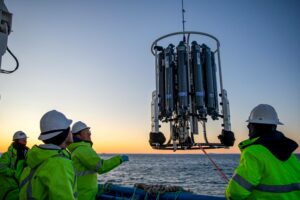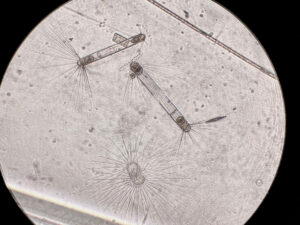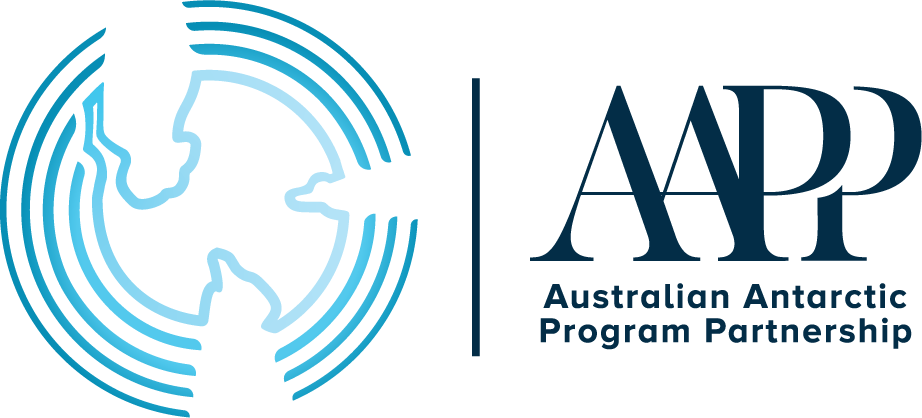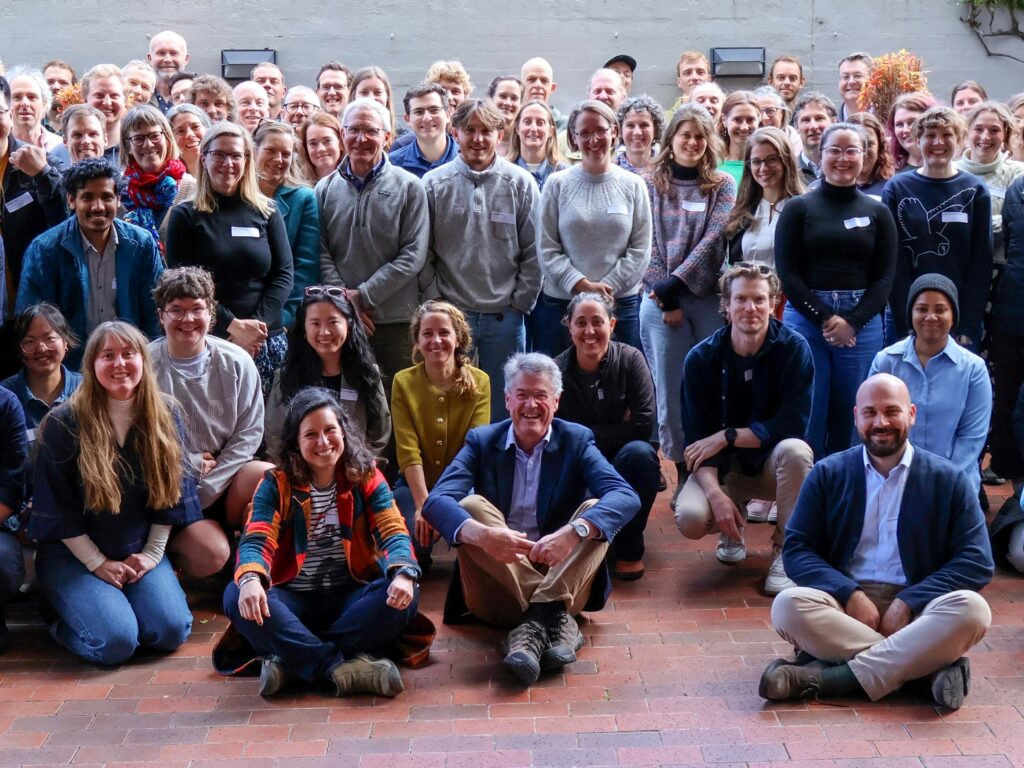Unlocking how iron shapes ocean life and climate
30 October 2025
Phytoplankton are microscopic plants living in the surface ocean that play a key role in the balance of carbon between the atmosphere and oceans, and are an important biological influence on the earth’s climate.
Their growth depends on vanishingly small amounts of iron dissolved in seawater that act as fertiliser, but many questions remain about how iron is delivered and how marine plants access it in the ocean.
A team from the Australian Antarctic Program Partnership (AAPP) at the University of Tasmania has been awarded an ARC Discovery Project grant of $837,196 for a three-year project to tackle these questions.
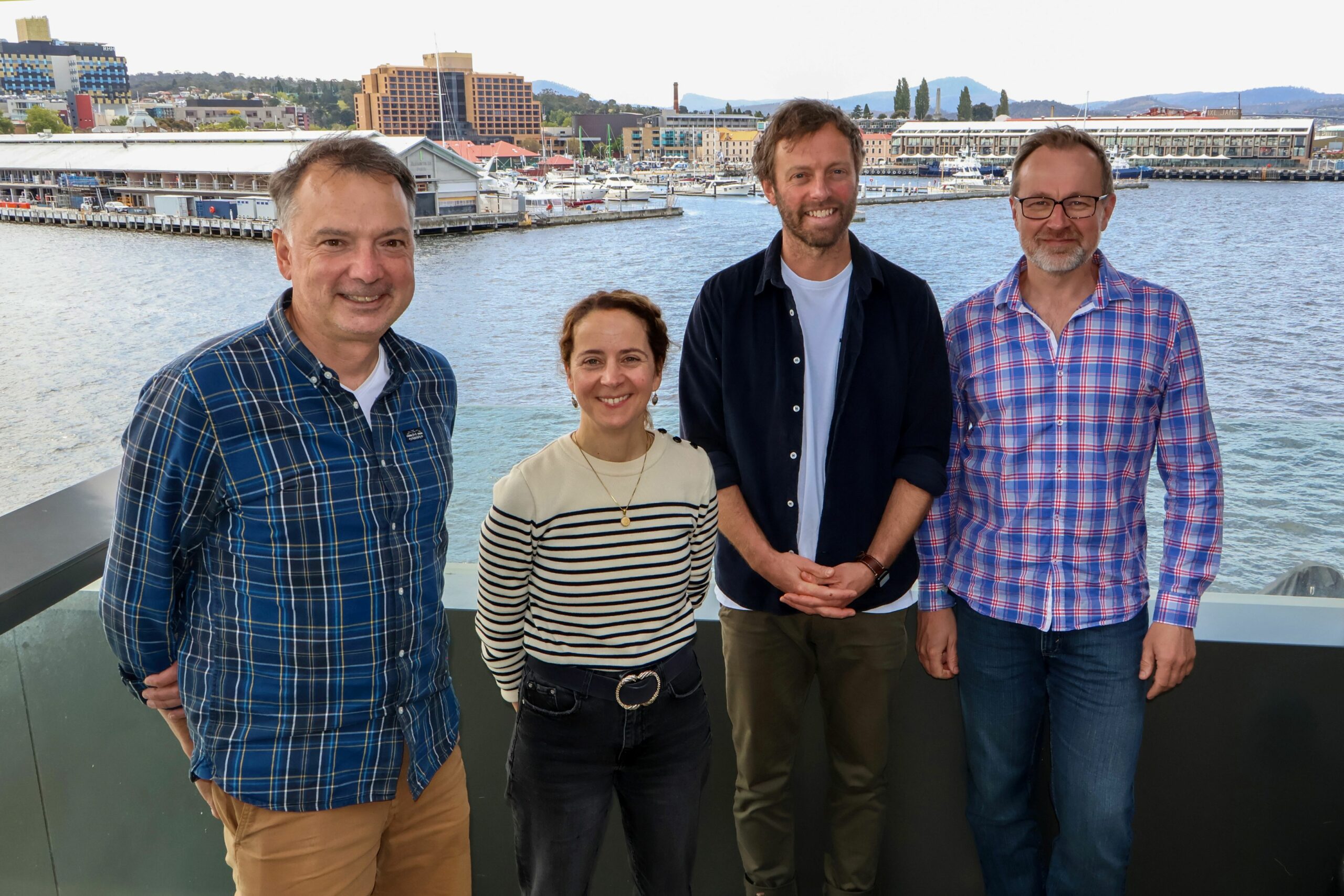
Chief investigator Prof Andrew Bowie said the project will use an interdisciplinary approach that combines laboratory experiments, field studies, ship bioassays and modelling.
“This will provide essential information needed to predict how changes in ocean productivity will affect global climate projections that inform sustainable development policies,” he said.
The project is titled ‘Unlocking the role of iron ligand complexes in the ocean carbon cycle’. The biogeochemistry team includes Prof Bowie, Prof Delphine Lannuzel, Dr Thomas Holmes and Dr Robert Strzepek from AAPP, as well as Dr Randelle Bundy (University of Washington) and Professor Alessandro Tagliabue (University of Liverpool).
Ligands are molecules that can bind to metals. Ligands in seawater play a critical role in iron’s solubility and mobility. By making iron soluble, ligands make it available to phytoplankton, that need it as a micronutrient.
Team member Dr Thomas Holmes said that phytoplankton are responsible for ocean biological uptake of carbon dioxide (CO2), which is an important way CO2 is absorbed by the oceans.
“While a significant carbon sink, the Southern Ocean is also the most uncertain region as far as estimates of CO2 sink capacity go.”
“Reducing the uncertainties can fine-tune global climate models to better reflect rates of global warming. We want to understand the role of ligands in contributing to biological CO2 uptake.”
“By studying what controls the growth of phytoplankton, we can improve how ocean and climate systems are modelled.”
“I’m incredibly excited to be involved in this work, which will allow me to participate in a voyage to the Southern Ocean in 2027, collaborate with leading international groups, and answer some very important climate questions.”
“As my first large grant, it was a challenging but rewarding process working towards this outcome,” he said.
This project is one of five from the University of Tasmania awarded Discovery Project grants totalling nearly $4.5 million by the Australian Research Council in round 1 for 2026.
